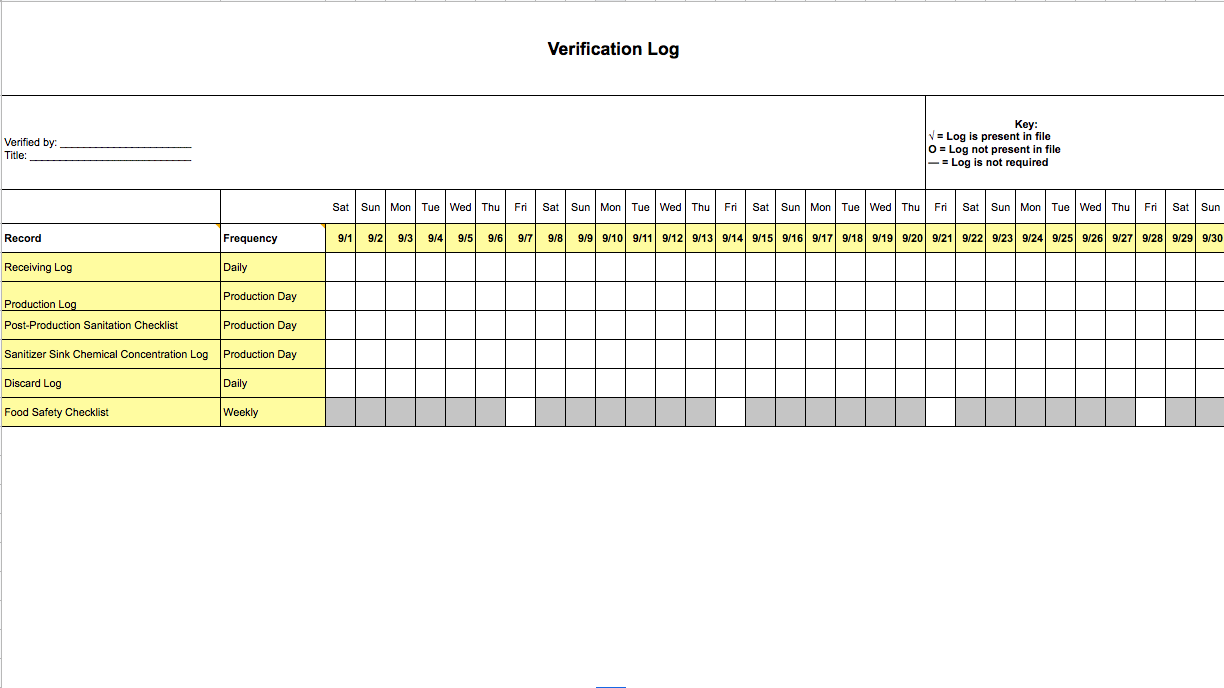§117.126 Food Safety Plan
a. Requirement for a food safety plan:
You must have a written and implemented food safety plan
It must be prepared or overseen by a Preventive Controls Qualified Individual
b. Contents of a food safety plan
It must include the following, in writing:
A hazard analysis
Preventive controls (if you identified a hazard in your hazard analysis that you deem requires a preventive control)
Supply chain program
Recall plan
Procedures for monitoring your preventive controls
Corrective Action Procedures
Verification procedures
c. Records: The records generated are subject to regulations under Subpart F. (i.e. you must store them either in print or electronically)
§117.130 Hazard Analysis
a. Requirement for a hazard analysis:
1. You must conduct a hazard analysis for each type of food manufactured, processed, packed, or held at your facility.
2. The hazard analysis must be written.
b. Hazard Identification: This must consider
1. known or reasonable hazards, including:
i. Biological Hazards (bacteria, parasites, etc.)
ii. Chemical hazards (i.e. toxins, pesticides, food allergens)
iii. Physical hazards (i.e. stone, glass, metal fragments)
2. Hazards that could be present in the food because:
i. the hazard occurs naturally (i.e. toxins in fish)
ii. The hazard may be accidentally introduced (jewelry from employee falls into food)
iii. The hazard may be introduced intentionally for economic gain (i.e. sabotage by a competitor)
c. Hazard Evaluation:
i. the hazard analysis must evaluate the hazards identified to assess the severity of illness or injury that would occur and the probability that it would occur if left unaddressed.
ii. The hazard evaluation must consider environmental pathogens whenever a ready-to-eat (RTE) food is exposed to the environment before packaging.
2. The hazard analysis must consider these effects on the food:
i. formulation of the food
ii. condition and design of the facility
iii. Raw materials and other ingredients
iv. Transportation practices
v. Processing procedures
vi. Packaging and labeling activities
vii. Storage and distribution
viii. intended use of the product
ix. Sanitation, including employee hygiene
x. any other relevant factors (i.e. weather, natural toxins)
§117.135 Preventive Controls
a.
You must identify and implement preventive controls when required by your hazard analysis.
Preventive controls include: Critical Control Points and other controls.
b. Preventive controls must be written
c. Preventive controls include:
Process Controls: These are procedures and processes that are used to control parameters of processing (i.e. acidifying, refrigerating, cooking.) They must be written in a way that is specific to your process and they must include:
i. parameters associated with controlling the hazard (i.e. if you are using cooking as a process control, then you must include the required cook temperature and cook time)
ii. The maximum or minimum values required to control the hazard.
2. Food Allergen Controls include processes to control food allergens. These are implemented to:
i. Protect food from allergen cross contact
ii. Label food properly with allergens to ensure it isn't misbranded
3. Sanitation Controls: Practices to ensure the facility is kept clean and to minimize biological hazards. These relate to:
i. Cleanliness of food-contact surfaces (equipment, utensils, tables)
ii. Prevention of contamination of food from dirty sources (i.e. dirty people, dirty food, dirty packaging, dirty raw ingredients)
4. Supply Chain Controls: This is described fully in Part G
5. Recall Plan: You are required to have a recall plan (see below)
6. Other Controls: You may have other types of controls (i.e. hygiene training and current good manufacturing practices)






































